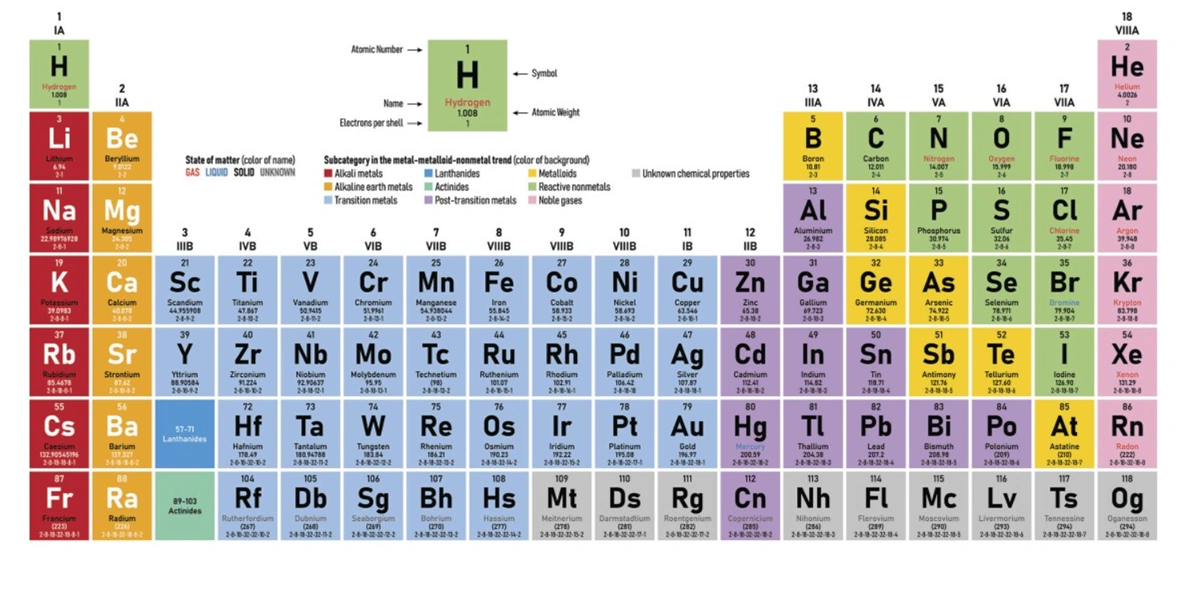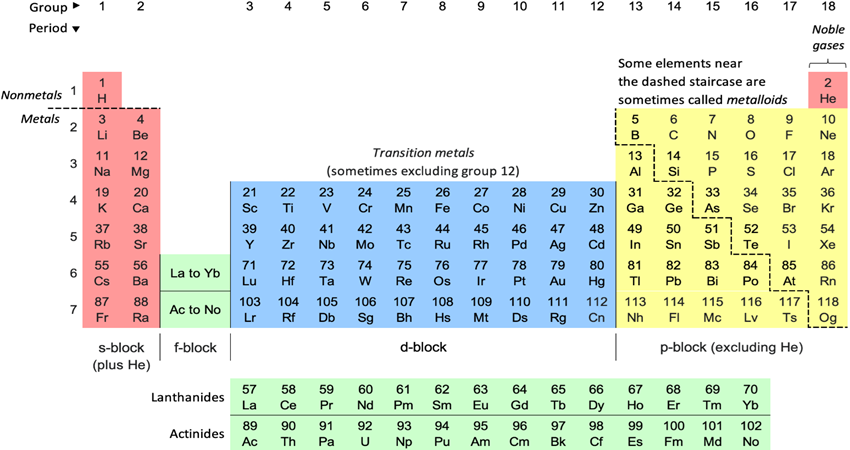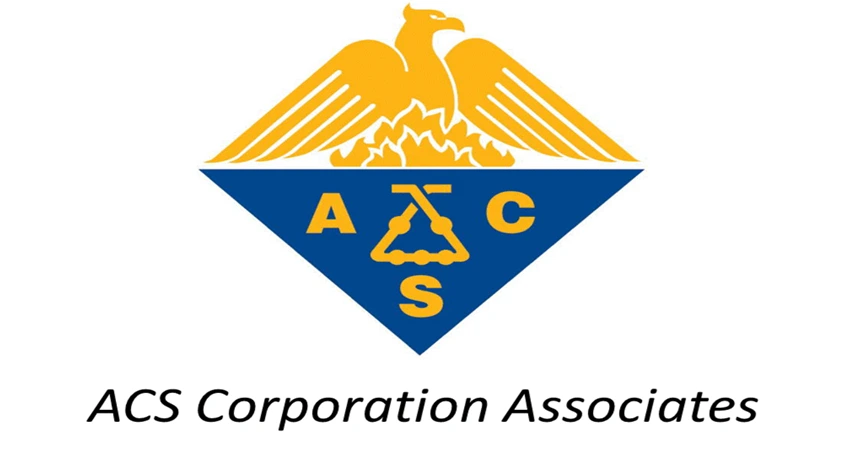Fractional Distillation

Fig (1) Fractional distillation of crude petroleum
In this process lighter and heavier portions are separated out. If the temperature of the crude oil rises above 400°C , cracking takes place. Hence, crude oil is heated up to 400°C . It is then flashed into the fractional column made up of steel. The vapours of the oil rises up in the fractionating column. They get cooler and then condenses on the shelves having opening at various heights.
|
The lowest boiling fractions (like gasoline, kerosene oil, diesel oi etc.) condenses at the top. The highest boiling fractions (like lubricating oil, residual oil etc.) condense at the bottom. |
The various fractions are removed continuously. The uncondensed volatile gases escapes at the head of the column (Fig1). Gasoline obtained by the fractional distillation of petroleum is known as straight run gasoline.
Table(1) Fraction by distillation of crude petroleum
| S. No | Name of the fraction | Hydrocarbons interms of carbon atom | Boiling point°C | Uses |
| 1. | Uncondensed gas | C1-C4 | <30° | As domestic fuel under the name of L.P.G. |
| 2. | Petroleum ether | C5 -C7 | 30-70° | As solvent for varnish |
| 3. | Gasoline or petrol | C5 – C9 | 70-120° | As fuel in ICE of automobiles and aeroplanes. |
| 4. | Naphtha or solvent spirit | C9 – C10 | 120-180° | As solvent in dry cleaning, used as fuel. |
| 5. | Kerosene oil | C10 – C16 | 180-250° | As an illuminant, jet engine fuel and for preparing laboratory gas. |
| 6. | Diesel oil or fuel oil or gas oil | C15 – C18 | 250 -320° | Diesel engine fuel. |
| 7. | Heavy oil | C17 – C30 | 320-400° | For getting gasoline by cracking process. |
| 8. | Residue: asphalt | C30 and above | >400° | Water – proofing of roofs and road making. |
| 9. | Petroleum coke | As a fuel and in light rods. |
Fractionation of heavy petroleum oils
| S. No | Name of the fraction | Uses |
| 1. | Lubricating oil | It is used as lubricants |
| 2. | Petroleum jelly or vaseline | It is used in medicines and cosmetics. |
| 3. | Grease | It is used as lubricant. |
| 4. | Paraffin wax | It is used in candles, boot polishes etc. |
| 5. | Pitch at above 4000°C | Used for making roads, water proof roofing etc. |
| Read More Topics |
| Solid fuels types – Advantages and Disadvantages |
| Describe the ultimate analysis and give its significance |
| Explain briefly the manufacture of glass |





